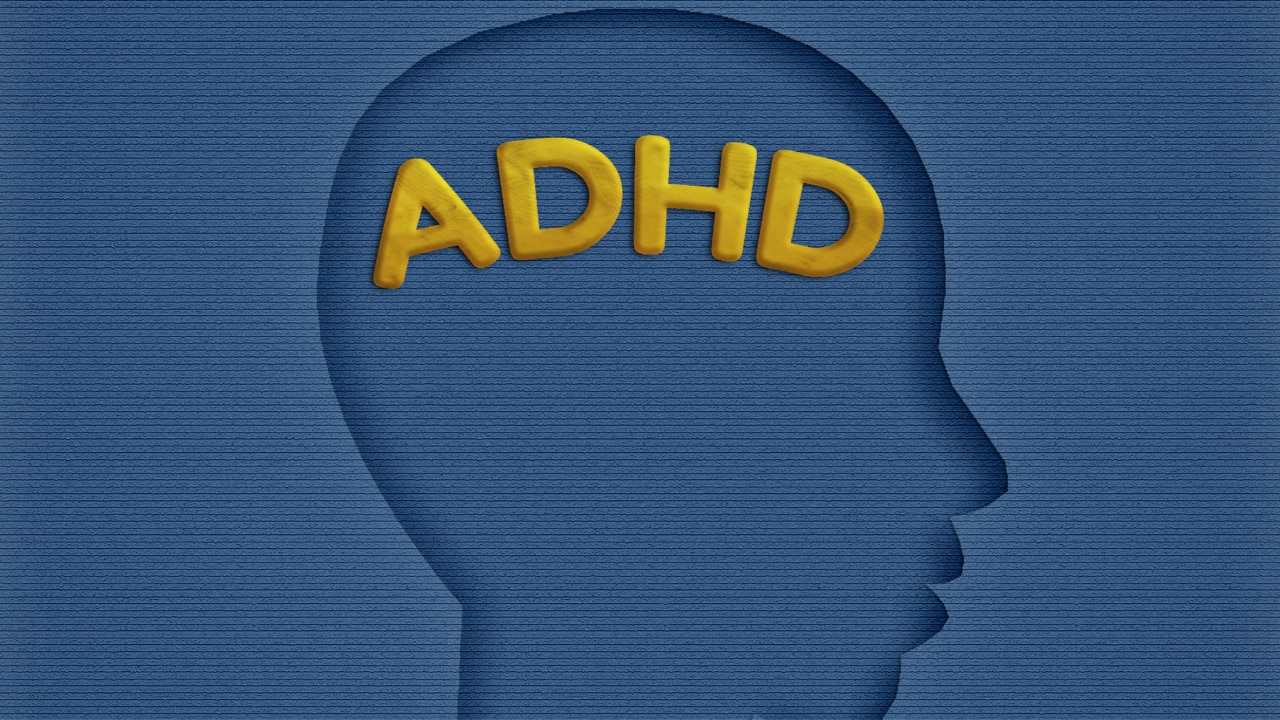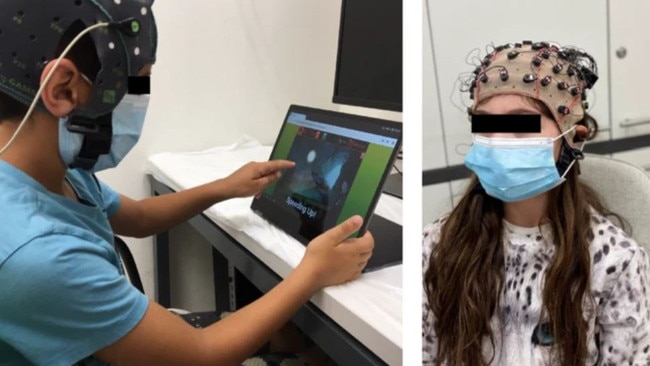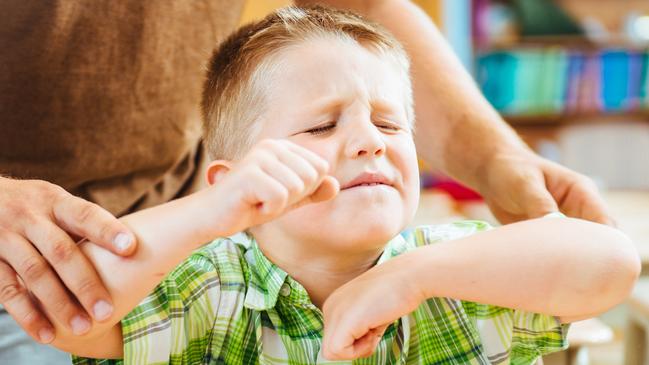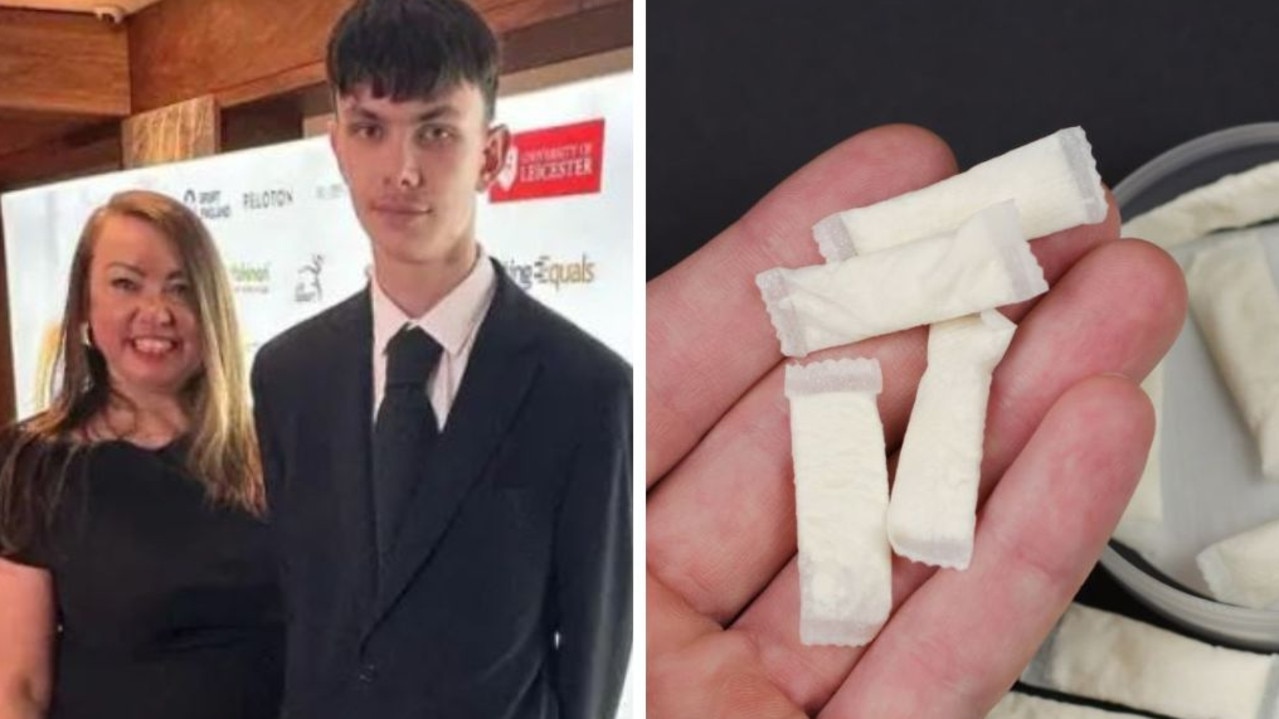Breakthrough ADHD treatment could ‘transform the lives of children’
Children with ADHD have long been treated with medication – but that comes with side effects. Now researchers have come up with an alternative.

Illness
Don't miss out on the headlines from Illness. Followed categories will be added to My News.
A breakthrough treatment for attention-deficit/hyperactivity disorder (ADHD) could transform the lives of children with the condition, experts have found.
The study, led by researchers from the University of Surrey and the Hebrew University of Jerusalem, found that brain stimulation combined with cognitive training can improve symptoms of ADHD.
“ADHD is one of the most common neurodevelopmental disorders affecting children across the world,” post-doctoral researcher at the Hebrew University of Jerusalem, Ornella Dakwar-Kawar, said.
“Treating the condition with medication improves a child’s attention span and overall mood, however … there can be side effects including headache and a loss of appetite.
“There is, therefore, a pressing need for developing and testing novel, non-pharmacological interventions for ADHD.”

ADHD symptoms include trouble paying attention, overactivity, and impulsive behaviours, according to the Centers for Disease Control and Prevention.
It is estimated one in 20 children in Australia have ADHD and diagnosis in adults is on the rise. The condition is usually treated with a combination of behaviour therapy and medication.
In a clinical trial with 23 children aged 6 to 12 who were unmedicated, researchers administered a non-invasive brain stimulation with a mild electrical current running through two electrodes.
After two weeks, more than half of the children showed significant clinical improvements in their ADHD symptoms, as reported by their parents, in comparison to 17 per cent of children in the control group who received placebo brain stimulation.
The improvements were maintained at three weeks post-trial, with 64 per cent reporting positive effects from the treatment compared to 33 per cent in the control group.

“I believe that the scientific community is duty-bound to investigate and develop ever more effective and longer-lasting treatments for ADHD,” co-lead of the study and professor of cognitive neuroscience at the University of Surrey, Roi Cohen Kadosh, said.
“The findings we demonstrate in our study suggest that a combination of transcranial direct current stimulation (tRNS), which is shown to be safe with minimal side effects, has the potential to transform the lives of children and their families.
“The results from this proof-of-concept study, increase our confidence that in the future non-invasive brain stimulation may be able to provide an alternative to medication as a treatment pathway for children.
“However, our important test will be the results from a multi-centre clinical trial with a larger sample that we will start soon.”





